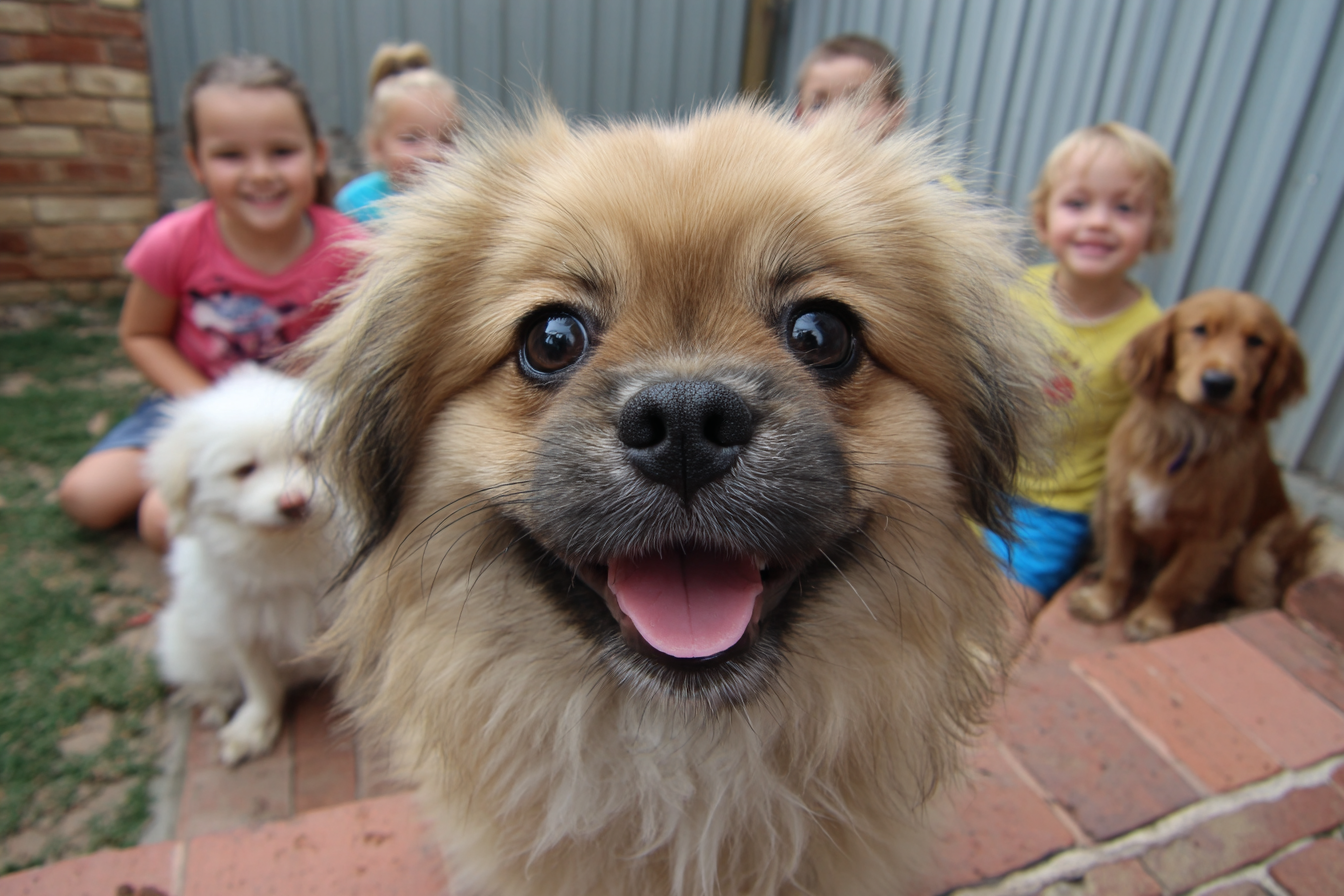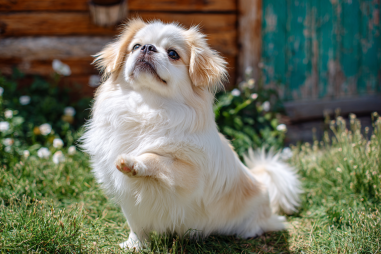Bringing home a Pekingese puppy is an exciting adventure filled with joy and companionship. These charming little dogs are known for their lion-like appearance and royal demeanor, but like any breed, their behavior depends heavily on the early experiences they have. Proper socialization plays a crucial role in shaping your Pekingese into a confident and friendly companion. Without it, even the most adorable pups can grow into wary or shy adults. If you want your puppy to navigate the world with ease and enjoy positive relationships with people and other pets, socialization should be a top priority.
Why Socialization Matters for Pekingese
Socialization is the process of exposing your puppy to a variety of people, places, sounds, and experiences in a positive and controlled way. For Pekingese, this is especially important because their natural instincts can sometimes lead them to be aloof, stubborn, or even territorial. Early socialization helps mitigate these traits by teaching your pup that new encounters are not threats but opportunities for fun and friendship.
When a Pekingese is properly socialized, it becomes easier to handle in public, less reactive to strangers or other dogs, and generally more adaptable to changes in its environment. This leads to a happier dog and a more enjoyable relationship between you and your furry friend.
Ideal Socialization Periods
The key window for socialization is during the first 12 to 16 weeks of a puppy’s life, often called the “critical period.” During this time, puppies are more open and receptive to new experiences. Positive exposure during this period helps build a strong foundation for future confidence.
While socialization should start early, it’s never too late to introduce your Pekingese to new experiences. Older puppies and even adult dogs can benefit from socialization, but it may require more patience and careful management to prevent fear or anxiety.
Introducing Your Puppy to New Environments
One of the best ways to socialize your Pekingese is by gradually exposing it to a variety of environments. This doesn’t mean overwhelming your puppy with too many experiences at once but rather introducing new settings one step at a time. Start with calm, quiet environments and then move toward more stimulating places like parks or pet-friendly stores.
Try to include:
- Different types of surfaces such as grass, concrete, carpet, and tile
- Varied sounds including traffic noise, household appliances, and children playing
- Different sights like bicycles, cars, and other animals
Always monitor your puppy’s reaction. If your dog shows signs of distress, offer comfort and take a step back before trying again later.
Handling Interactions with Other Dogs and People
It’s essential to help your Pekingese become comfortable around other dogs and humans. Begin with gentle, controlled meetings with calm and friendly dogs of similar size. Avoid overly boisterous playmates at first to prevent overwhelming your puppy. Use treats and praise to reward calm and positive interactions.
Introducing your puppy to a variety of people—including children, men, women, and older adults—will help it develop trust and ease around strangers. Encourage these encounters in a safe environment where your puppy can retreat if it feels overwhelmed. Avoid forcing any interaction and always read your puppy’s body language to ensure it is comfortable.
Addressing Shyness and Fear
If your Pekingese puppy shows signs of shyness, fear, or anxiety during socialization efforts, it’s important not to rush or force the situation. Fearful behavior can be managed through gentle desensitization and counterconditioning, where you associate the scary stimulus with something positive, like treats or play.
Consistency and patience are key. Sometimes working with a professional dog trainer or behaviorist experienced with small breeds like Pekingese can provide valuable strategies tailored to your pup’s needs. Remember to celebrate small wins and progress, no matter how gradual.
Long-Term Socialization Practices
Socialization isn’t something you do just once or twice while your puppy is young—it’s an ongoing process. As your Pekingese grows, continue to provide opportunities to meet new people, experience new environments, and socialize with other dogs. Regular social interactions help maintain a friendly temperament and prevent your dog from becoming reclusive or reactive.
Consider enrolling your dog in obedience or socialization classes, attending dog-friendly events, and regularly visiting dog parks (once vaccinations are up to date). These activities offer structured environments where your Pekingese can practice social skills and stay mentally stimulated.
Additionally, maintaining a routine that includes daily walks, playtime, and mental enrichment keeps your dog engaged and confident. Always be attentive to changes in behavior that could indicate stress or fear, and adjust your socialization practices accordingly.
Helping Your Pekingese Shine as a Confident Companion
With thoughtful and consistent socialization, your Pekingese can blossom into a poised and friendly member of your family. The key is to introduce your puppy to varied experiences early on, maintain positive interactions, and address any signs of fear with kindness and patience. By investing time and effort into socialization, you ensure your little lion is ready to face the world with confidence and joy.







